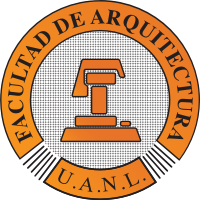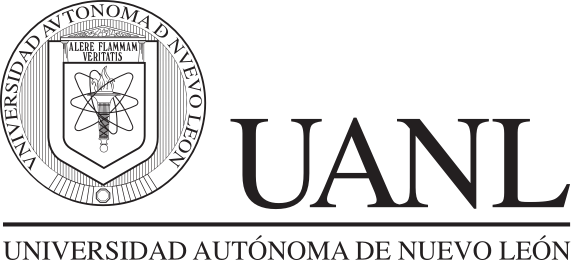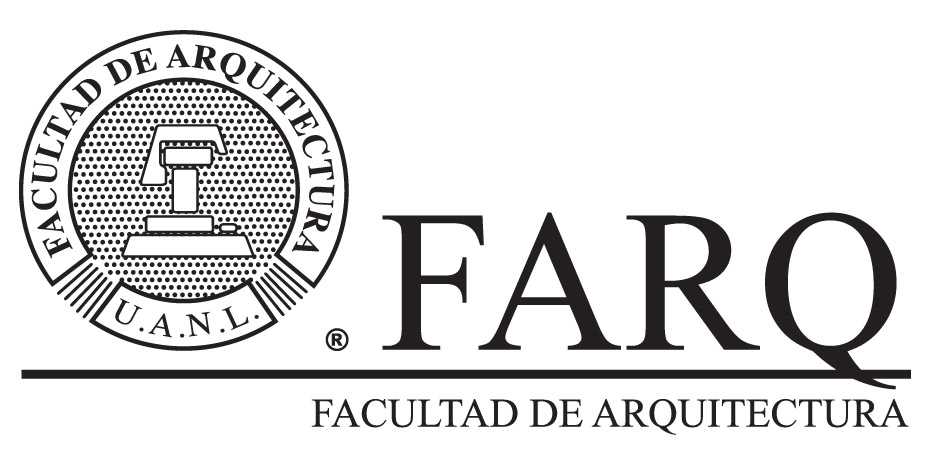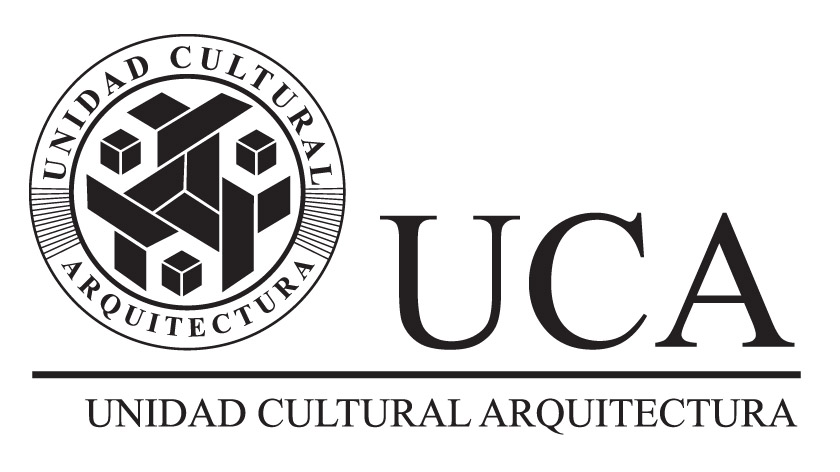Share
History
The Universidad Autonoma de Nuevo Leon was officially founded in 1933, although its origins are distant, so as in that year their schools of Laws, Medicine and Pharmacy, the Escuela Normal and the Colegio Civil were established already. Nevertheless, the foundation of the institution took place in September 25th 1933, date in which its activities began, with a total of 1,862 students and 218 professors registered.
The U. A. N. L., the institution’s acronym, was first known as Universidad de Nuevo Leon and it was initially form by the schools of Laws and Social Sciences, Medicine, Engineering, Chemistry and Pharmacy; together with the Escuela Normal, the Escuela Industrial, Alvaro Obregon’ Technical High School, Pablo Livas’ Industrial High School of Women Labors, and the School of Nursery and Obstetrics.
Its origin at Colegio Civil
The maximum Academic Institution was founded in 1933 established on the School of Jurisprudence, that opened it doors first in 1824 in the classrooms of the Colegio Seminario de Monterrey, in accordance with the decree of the Mexican Constituent Congress on October 13th 1823, that provided school to colleges , “to establish Natural, Civil and Cannon Laws teaching, and offer it to minor grades.”
Two more dependencies of the University were high study centres established in the 19th century. Thus, in 1859 Colegio Civil and the School of Medicine, which clinics were taught at the Hospital civil, started to operate. Both institutions were founded by the Doctor Jose Eleuterio Gonzalez “Gonzalitos”. Finally, the School of Nursery in 1915 and the Technical Schools “Pablo Livas” in 1922 and “Alvaro Obregón” in 1930, by part of the revolutionary government, leaded by social actors of the war of 1910.
The birth of the Maximum Academic Institution
On May 31st 1933, the biggest work of the Organizing Committee of Universities was the proclamation of the Organic Law of the U. A. N. L., an institution of public servicies aimed to “Educate men, equally, fairly and entirely with social activities and values,” according to its first article.
Its courses began on September 25th of 1933 in four Undergraduate School, with 197 scholars, and six high schools, that received one thousand 229 students. The schools of Medicine, Laws and Social Sciences, as well as the Escuela Normal, Colegio Civil (turned in Escuela de Bachilleres), Technical Schools “Pablo Livas” and “Alvaro Obregón” were added to the institution, the main function of the high schools was to serve as a bridge for Engineering, Nursery and Obstetrics degrees.
A socially engaged institution
The relation between a revolutionary state and the University entered in conflict when the status of an “balanced institution” was altered. Even if the Organic Law demand it, the institution could not avoid the politic situation of that time.
The crisis was solve by state authorities by the dissolution of the University on September 28th 1934, and the subsequent creation of the Organizing Committee of the Socialist University, directed by Martinez Villarreal and the Socialist Students Federation (FES).
This movement fought to develop and energize the educational system and to grant education for low-income students. Due to this, the university founded new schools in order to reach its goal. The biggest achievement during this period was the establishment of the Escuela de Bachilleres Nocturna (current High School No. 3), in December 1937, with the purpose of offering the opportunity to become a profesional. Besides the foundation of the degree in Chemical Industry and Chemical Pharmaceutic Biologist (1936); the establishment of the School of Music and the School of Odontology (1939) offering a degree in dental surgeon.
The begin of a scientific and cultural movement
On September 13th 1943, the Second Organic Law of the University, stablished as main functions of the public institution the technical and professional education, the investigation and diffusion of culture and its function in eleven institutions.
In 1944, Rangel Frias promoted, through the Department of University Social Action, sections dedicated to arts and communications in the charge of Josemaría Lujan, Miguel D. Martinez Rendon, Ignacio Martinez Rendon y Pedro Garfias.
Nonetheless, the scientific perspective was not overridden, Aguirre Pequeño focused his job in the promotion and diffusion of sciences from the institute for Scientific Studies, with sections specialized in Medical and Biological Sciences, Natural and Chemical History, Physics and Mathematics, Plant pathology, Chemistry, Biology and Medicine. The university established a “fair balance” between the interests of collective nature; additionally the university adapted and gave an answer to the new program based on industrialization.
On the other side, due to the increasing labor demand and the necessity of more qualified and prepared professionals, the institution made new Undergraduate Schools and High Schools required for the state’s political and economical project; such as Mechanic Engineering (1947), established thanks to the initiative of a group of teachers, professionals and students graduated the Alvaro Obregon’ Technical High School known as the “Seven Wise”; and Architecture (1947), and the School of Chemistry and Pharmacy changed its name to School of Chemistry (1942).
The importance of Raul Rangel Frias
The Alfonso Reyes University Library opened its doors with the funds Obispo Valverde Tellez at the Obispado building, in November 1953, and from 1956, on the basement of the monument to Mariano Escobedo at the Republic’s Plaza; so as the University Library and the University Print.
Some other achievements of the time were the University Chorus, the University Theatre Group lead by José Anastasio “Tacho” Villegas; shortly after, the School of Dramatic Art of the INBA-UNL in 1957 with Lola Bravo on its front; the theaters El Globo and La Republica, and the creation and debut of the Symphonic Orchestra in 1960 under the wing of Anton Guadagno, Isaac Flores y David Garcia.
Academically, the founding of the School of Philosophy and Literature (1950), School of Commerce and Administration (1952), School of Physics and Mathematics (1953), School of Biology (1952), and School of Agronomy (1954), this last two as results of the efforts of Eduardo Aguirre Pequeño; and School of Economics (1957), just as the Escuela de Bachilleres in Linares (1953). The current building of the School of Medicine was finished, to which was attached on June 2nd 1952 the Hospital Civil, that adquiered the university character, ensuring the ideal of clinic practices of the students on the binomial hospital-school. The Casa de Enfermeras build was added to it. At the same time the Institute of Social Workers joined the University (1952) and the Center for Humanistic Studies and the Center for Economic Research were founded.
The main campus, a monument to culture
The creation of new teaching centers and its massification that it brought, caused in the University a deficit of infrastructure and installations.
With the influence of Rangel Frias –as president of our institution first and from 1955 as governor–, with the support of presidents Roberto Treviño Gonzalez y Joaquin A. Mora, the University patronage, and the support of students, professors, and the society, obtained, in first instance, one-hundred hectares from the Military Field No. 2, located in the limits of Monterrey and San Nicolas de los Garza, under decree on February 18th 1957 if the president Adolfo Ruiz Cortines.
In a first phase, the builds for the School of Laws and Mechanical and Electrical Engineering were opened, along with laboratories and workshops, the olympic swimming pool and the flagpole on November 20th 1958. These were follow by the foundation of different buildings, during the next four years, such as Civil Engineering, Commerce and Administration, Architecture, Philosophy and Literature, and Agronomy. In addition, the infrastructure included the Central Administration Offices (1961), the emblem of the University on the terrace (1961), and the University Stadium (1967), the place where the second division Tigres made its debut.
Years of mobilization
The period between 1967 and 1972 is constituted as the period in which the process that drove the biggest event in the life of the Universidad de Nuevo Leon took place: university autonomy. Even when this right was discussed since the foundation of the university in 1933, it was repeatedly suggested, specially in moments of tension between the institution and the state o other social actors.
At the same time, important students movements of liberal character were born in the School of Laws in 1963 as in the School of Philosophy and Literature in 1965 requesting the destitution of their presidents Arturo Salinas Martinez and Agustin Basave Fernandez, respectively; the last one caused repercussions when polices authorities interceded with the eviction of protestant students.
The main problems in the institution were based in the lack of places in high schools and economic need as well as a group of laboral petitions from local workers. The unfinished Campus required a new expansion plan concentered in the construction of new buildings and laboratories. At the same time, a big generation of teachers and students were fighting for the state recognition and respect of the university ideals. This cause was focus in the university right of taking their own educational, research and personal decisions. In other words, create a university organized and guided by its own people.
Beside this, the students were looking for the creation of a open university: democratic and inclusive, interested in the principal national problems, basing their daily development in the creation of a new Organic Law. This project built a new version of government, structure, organization, functions and purposes with ideals based in the authentic concept of autonomy. Teachers and students in individual and secret votes must elect the university president and the diverse principals. The Supreme Body should be conformed by three representatives (teachers and students) from each college or school in which the University conflicts would be discuss. In this way, students and the university president Hector Ulises Leal Flores get united in 1971 February to create a defense and affirmative movement in order to ensure the university autonomy taking in inspiration the UNAM example.
Fast expansion
In a decisive transition stage, the university employ all their efforts from 1973 to 1979 in order to developed an important scientific and academic advance, reinforce the teaching and research area, diversify career options, the creation of teams, laboratories and new technologies for the benefit of the teaching and science. In those years the number of careers was duplicated in specialized areas like engineering, health, administration, and humanities. The integration of diverse schools such as Drama, Music and Plastic arts, the creation of the Arts Institute increased by dance and cinematic seminars.
The promotion of sports as a fundamental part for the educational process grant important victories with different championships from the official team of the University: Autenticos Tigres, in the Major Leagues of 1974 and 1977 as well as some more sport achievements in other disciplines, specially the promotion to first division in 1974 and the Cup and League titles for Tigres at football soccer in 1976 and 1978 respectively, as well as the sub championship in 1980.
“Dialogue and reconciliation capacity, preserving the plurality – explained the university president Luis Eugenio Todd – brought peace, an important phase of academic creativity and political and social stability.”
Linares and Mederos campuses
The Linares Campus was created and released as a part of a progress process for the decentralization and development of learn and scientific research. This project was made in order to expand the knowledge field creating nine different institutes that later will become faculties. At the same time of the integration of the Linares Campus, the University created another new academic center in 1980 known as Mederos Campus located in the south of the city in what previously was located the Mederos Fields and an ejido called “Los Remates”. In this new Campus, different schools and careers focused on social sciences, arts and humanities were founded. Moreover, in May 1991 the UANL communities were witnesses of the birth of The University Theater (with a capacity of 700 seats), the Center for Support and Academic Services, and the Center for Faculty Physical Fitness
The environment of the university stability was one of the principal features from the period of the university president: Gregorio Farias Longoria (1985-1991): “The university is an harmonic system based on the respect given among it members. Political, cultural and social interests as well as different groups and people are accepted as long as they get adapted to the specific established norms and rules”. Farias Longoria reestablished the diffuser and extension labor with the creation of the Cultural Dissemination Department. This department worked on the development of important cultural activities, just as the Alfonsino Festival, the Movie Club, the “UNI Canta”: singing contest, the Drama Competition, and the University Young Literature contest. It also created the guitar ensemble, the military band, and the musical group “El Tigre”.
The educational reform
Based on this new work environment, in December of 1991 the UANL created a new goal for its constant ideal of improvement: to reach the academic excellence in order to increase the graduate’s quality of the institution. At the same time, a new educational reform for the secondary and higher level based on a module system was promoted.
In general concepts, the UANL lived several changes and improvements in diverse fields: educational plans and programs were supervised, the equipment and laboratories were modernized, the self-learning language programs and the faculty presented an upgrading. In the same way, the postgraduate course got bigger with new equipment and teachers that were benefited by the researchers redeployment programs, different talks and foreign scholarships for the development of the human resources.
The access to the new technologies (in this case, internet) not only facilitated academic and administrative processes online, but also allows the UANL to transcend their physical limits since 1993. More and more dependencies were integrated to the new UANL page, reaching important terms for traffic, equipment, links, systems and users.
Institutional plans for development
In the early 21st century, the global context, the technological revolution and the competitiveness were some of the factors that impulse the UANL to start the process that later would help to reach the international excellence in 1996. The institution participated in several national and international tests for the evaluation, accreditation and certification of the academic and administrative services, pushing the UANL to establish new degree programs for strategic areas in order to understand the global demands about human resources. The design and implementation of a new educational model incorporate the education based on the learning, competences, curricular flexibility, internationalization and academic innovation as the guiding principles in diverse college programs, levels and modalities. This led to what we know as the 2020 UANL Vision Project, approved by the university council: “The UANL will be recognized in 2020 as a global and socially responsible institution known by its quality, importance, its contributions to the scientific and technological developments, its innovations, the creation of critical thinking schools and human development in the country”.
Looking for a place for integral and harmonic formation of students, the university created a modern set of modern and highly handy sports facilities, known as the University Sports Complex. This set, uses for the practice of several UANL sports teams, was founded with the creation of the University Aquatic Olympic Center.
Since the “UANL initiative 4.0”, the university reinforce the activities and capacities for the technological and scientific development, that, in addition to form human resources with digital capacities, it also promote technological research and innovation. At the same time, different procedures for water and energy saving were created, as well as a new institutional policy created for the declining of environmental impact generated in different daily activities, transparency laws, accountability in academic activities, and public and private resources put at their disposal. Creating, as a result, the image of the UANL as a socially responsible, fair, collective, inclusive, and global institution, as well as an open-learning community for change, innovation, and teamwork. We are, as our president Garza Rivera said, “A public and social institution that trains to transform and transform to transcend.”





